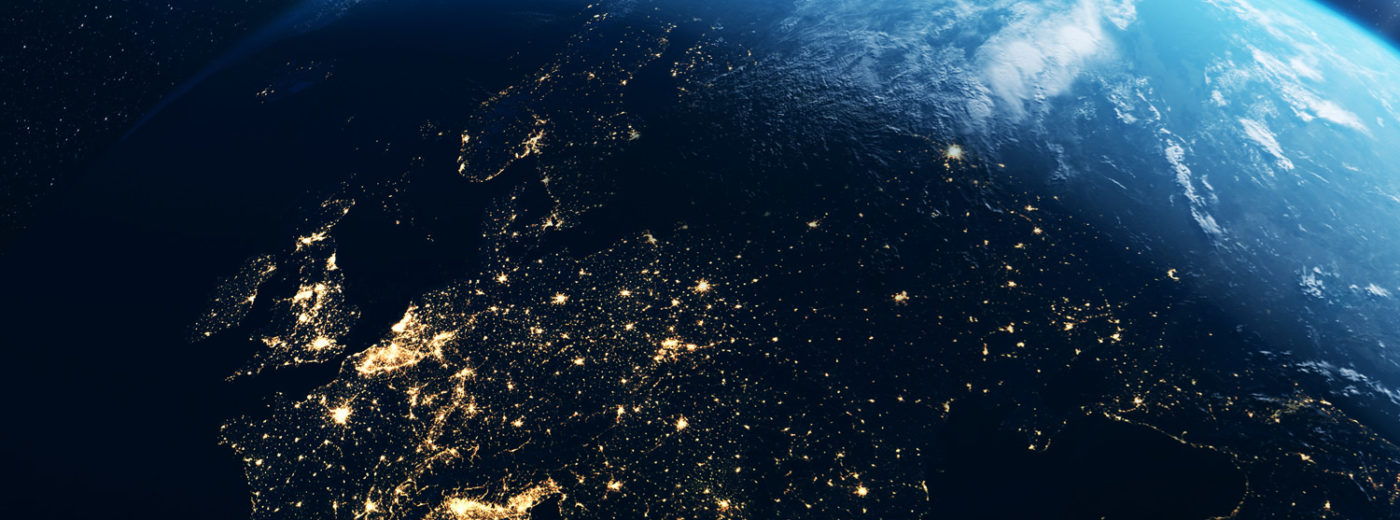Blogs
Trends in Water: What to Expect For 2023
December 8, 2022


The ripple effects of the global pandemic and a massive infusion of funds are guiding the trends in water for 2023.
In the United States, the big news impacting water was infrastructure funding. The U.S. Infrastructure Investment and Jobs Act of 2022 (Bipartisan Infrastructure Law) made a transformational federal investment in the water sector. Similar laws were already in effect in other countries around the world. It includes $50 billion to the EPA to strengthen the nation’s drinking water and wastewater systems. This is the single largest investment in water that the federal government has ever made. The EPA committed to a productive partnership with states, tribes, and territories to maximize the impact of these funds in two ways: by addressing urgent water challenges facing communities and by creating jobs.
Along with funding, 2022 brought a tightening of some water regulations. This led many organizations seeking to ensure compliance to secure water technology and allow service providers with special knowledge and technology to guide these organizations to sustainable compliance.
Compliance and accountability drove the trend of treating water as a service (like other service-based offerings such as SaaS), and rethinking business models, technology and the products to support it. Similarly, it drove an increase in contracts to treat water and wastewater, and the decentralization of water treatment solutions and desalination.
The wastewater and stormwater industries, and the management of their challenges, will remain the 2023 focus for water regulation and technology trends. We expect to see continued regulatory trends and innovation in these areas. The benefits and challenges of stormwater and wastewater management impact sustainability, climate resiliency, and the environment. ASTERRA MasterPlan is an important component of wastewater management to monitor underground wastewater infrastructure.
Here are some of the trends in water that are here to stay.
Advanced Metering Infrastructure (AMI), is an integrated system of equipment, communications, and information management systems for utilities. It allows the remote collection of customer water usage data in real time. The Global Advanced Metering Infrastructure market trend is expected to exceed $12.5 billion by 2026. The goal of smart metering is to monitor and manage the utilization of energy resources, reduce non-revenue water and operating costs, decrease carbon footprints, and promote energy conservation.
Artificial intelligence used for water leak detection and infrastructure monitoring is a trend that will continue. It is a cost-effective way to detect leaks before they become dangerous and expensive. This is critically important to mitigate the impact of drought. ASTERRA products use artificial intelligence and patented algorithms with L-band Polymetric Synthetic Aperture Radar (PolSAR) to locate and analyze moisture accumulating underground to provide ongoing monitoring of leak locations or soil moisture which could cause failure of infrastructure. Recently chosen as a spotlight technology at WEFTEC, ASTERRA provides hard intelligence and analysis to managers and engineers that allow them to make data-based decisions that mitigate risk on large and massive-scale infrastructure.
Geographic Information Systems (GIS) are an essential tool for water utilities. These systems enable companies to integrate and represent an ever-increasing flow of information, driven by digital and sensors advancements. ASTERRA services integrate with GIS systems, including industry leader Esri. When used together, customers can envision the total environment of an asset or system. GIS has been called the foundation of water transformation because it facilitates every other integration.
Digital twins, as part of smart cities, use real-time data to improve management of water infrastructure. The digital twin is a digital replication of a system and mimics the system’s real-world behavior. It predicts current and future conditions and automatically integrates data from diverse sensors with the simulation of physical processes. Its users can analyze and manage information for making operational decisions in real-time. The digitalization of infrastructure and community behaviors provides new capabilities for sustainable urban management. Because digital twins are an important component of sustainable urban management and disaster response, it has an important application in the context of disasters.
5G Technology is a major development that remains a strong basis for water trends and supports the revolutionary growth of many smart water applications and processes. 5G technology can connect countless devices reliably, while providing secure, uninterrupted coverage. It also provides battery efficiencies and is known to extend the lifetime of sensors. It gives smart cities the ability to create their own communications network with real-time data, remote control, and technical assistance.
Disease surveillance is very much a trend following the global pandemic, including wastewater-based surveillance. Similarly, businesses offering methods and technology for dealing with polyfluoroalkyl substances (PFAS) are exploding in the market.
Partnerships are a trend that is here to stay. There is an interdependence in the protection and supply of water. The trend of building solutions to make these new technologies and services accessible to smaller utilities will continue. One way this occurs is through public-private partnerships. ASTERRA worked with the San Diego Municipal Utilities Division to create a program in the spirit of a public-private partnership offering access to the technology and benefits to a group of over 20 utilities in one region. In the water industry these kinds of partnerships are necessary and will continue in 2023.
The new year will bring more smart solutions for water, and ASTERRA leads the trends with satellite technology that saves water and energy, protects infrastructure, and reduces the carbon footprint. With projects in over 60 countries, ASTERRA guides sustainable programs everywhere. Reach out to us to discuss making your programs more sustainable and to keep up with these latest trends in water.